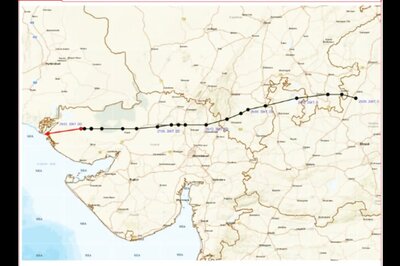
views
BANGALORE: A team of 13 research scholars from the Centre for Sustainable Technologies, IISc, will now conduct environmental service enhancement assessments at the national level starting from June.These scholars have conducted a study on environmental service enhancement and conservation and vulnerability reduction at Chitradurga district. "Talks are on to start the assessment by the last week of June at Andhra Pradesh, Rajasthan, Madhya Pradesh and Meghalaya. Discussions are also on for Uttar Pradesh and it is yet to be finalised," said Prof NH Ravindranath, associate faculty, IISc."During the course of study, we had taken into account the activities taken up under the Mahatma Gandhi National Rural Employment Guarantee Act (MGNREGA) in 20 villages of Chitradurga district since 2006, and had assessed using rapid scientific assessment methods," he said.Ravindranath told Express that an indicator approach was adopted to analyse environmental services such as water for irrigation and improvement in soil quality. The status before and after implementation of the activities was examined and vulnerability indices were constructed and compared.The findings indicated that the MGNREGA has provided multiple environmental services and reduced vulnerability, apart from providing employment and income to rural communities in Chitradurga district."There are 291 small and large tanks in the district. About 9,26,890 cubic metres of silt was removed from the tanks during 2007 and 2008 under the MGNREGA. Environmental services from desilting were assessed in six villages, of which there was a significant improvement in groundwater levels in three villages Koverahatti (a 77 per cent rise), Khandikere and Talavatti recorded a rise of 53 per cent and 30 per cent respectively," he added.Biomass, wood production and carbon sequestration (process of removing carbon from the atmosphere and depositing it in a reservoir) potential was projected using a potential growth rate of three tonnes per hectare a year."Across the district, about 2,341 hectares of Pongamia plantations have been raised on crop and tank bunds and wastelands under the MGNREGA," he said."Khandikere and Koverahatti villages demonstrated a significant reduction in water and agriculture vulnerability. This was due to check dam construction and desilting of tanks in the villages under the MGNREGA. However, Dharmapura showed a lower level of reduction in vulnerability," Ravindranath added.



















Comments
0 comment